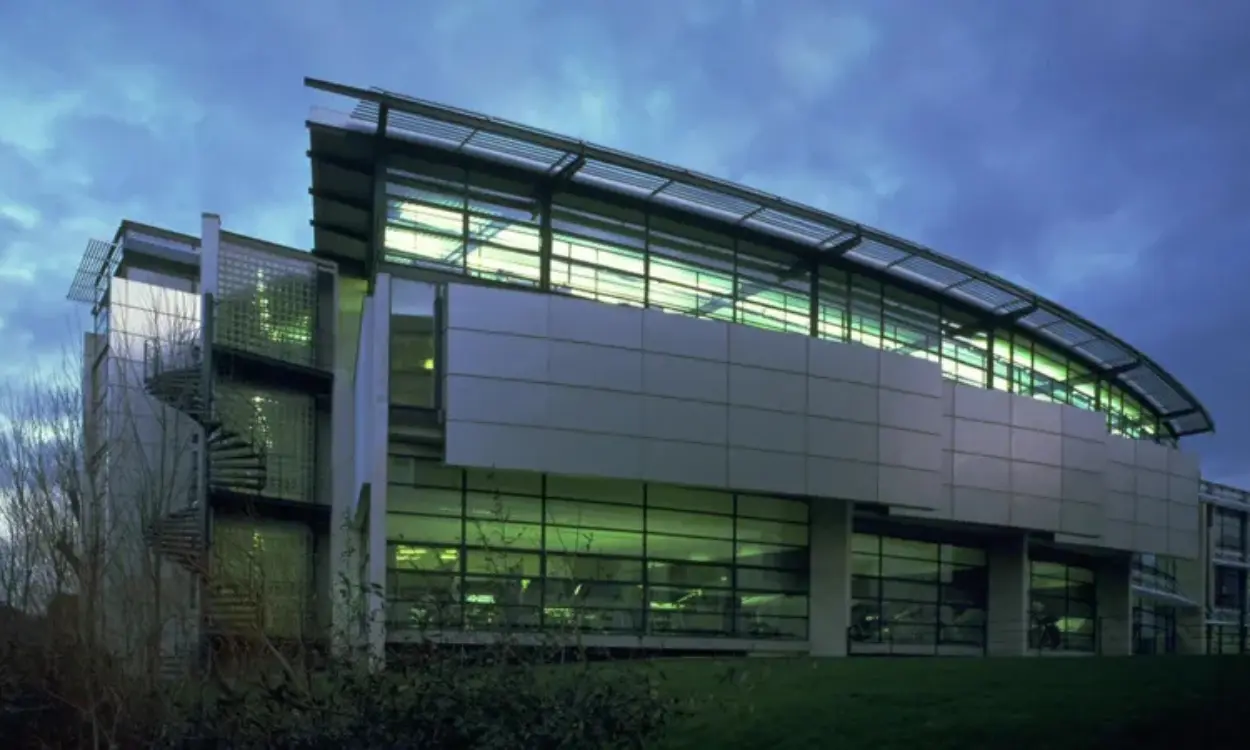The Centenary Building at Salford University, which won the prestigious Stirling Prize in 1996, is to be demolished due to its ageing infrastructure. The decision has sparked debate, with critics suggesting that the building could be adapted rather than demolished.
Salford University’s Centenary Building awarded Britain’s Stirling Prize in 1996 for its innovative design, is set to be demolished after sitting vacant for over eight years. Judges once lauded the building for its dynamic use of steel, glass, and concrete, calling it “Britain’s best new building” for its modern, sophisticated design.
University’s Justification for Demolition
The university states that the building’s infrastructure no longer meets modern standards and needs. Despite its architectural acclaim, it has remained unused for a third of its lifespan, prompting the decision to demolish it as part of a wider redevelopment plan by Salford City Council.
Architects and Preservationists Respond
Stephen Hodder, the architect behind the building, expressed disappointment over the decision and suggested the building could be adapted for reuse instead of demolished. He emphasized the importance of sustainable building practices in the face of climate change, advocating for efforts to adapt existing structures rather than tearing them down. The Twentieth Century Society has also campaigned to have the Centenary Building listed as a protected structure, highlighting its significance in British architecture.
The Centenary Building, which cost under £4 million to build and was designed in less than 12 weeks, won multiple accolades for its innovative design, including the Civic Trust Award in 1998. The building was originally planned for the Faculty of Electrical Engineering but was repurposed during construction for the Faculty of Art and Design. Its groundbreaking natural ventilation system and underfloor heating were considered environmentally innovative at the time, though the building later faced complaints from staff regarding temperature control and acoustics.
Plans for the Future
Despite proposals to repurpose the building, including a 2018 plan to convert it into a primary school, it has remained unused. While some argue that the issues with the building could be addressed with modern environmental controls, the fate of the Centenary Building remains uncertain as demolition plans move forward. No official timeline for the demolition has been announced.


